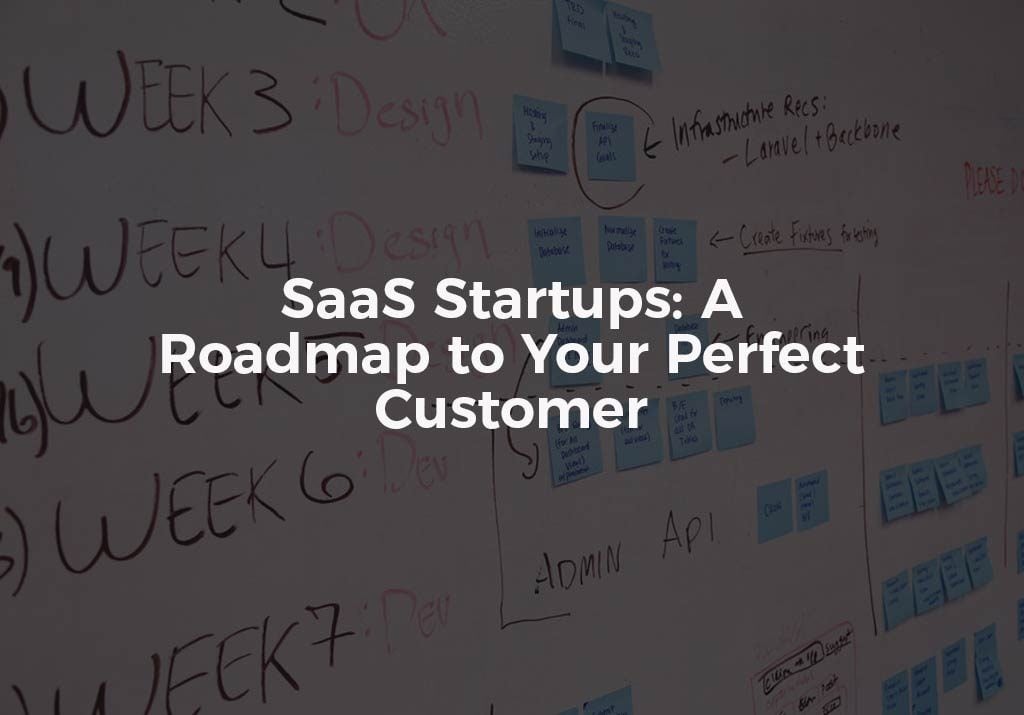Figuring out how your SaaS application fits into the market is crucial to your SaaS’ success. Don’t believe the myth. This isn’t something that an enlightened founder can magically come up with on their own.
It takes diligent research, testing, and learning to find the right path to your ideal customer. To be successful, you’ll need to focus less on the hard sell and more on objective exploration.
The goal of your perfect customer roadmap is to clearly define your customer’s persona, pain points, and value proposition. With this information, you can optimize your sales efforts.
Step One: Customer Discovery
Unlike rolling out your 2.0 product, you have no historical information to base decisions on for your 1.0 product. The trick to being successful is to have an open mind and search for the truth. Avoid trying to affirm your preconceived hypothesis. You especially don’t want to evangelize your solution.
While you’ll want to focus on your core constituencies, don’t limit yourself. Look into companies that are both large and small. Talk to users from an adjacent function or people who use a different technology stack.
Talk to everyone you can get access to. Aim to talk to at least thirty different potential customers.
Step Two: Construct and Test Customer Persona
Take the information you’ve gathered and develop your customer personas. Dig deep in your interviews for information beyond name and title. You want to create a complete persona for each type of customer you have.
Differentiate each persona by defining the most prominent problem or pain point for each of them. Try to keep your assumptions or bias out of the equation. You want to use the raw information you get back to create the personas.
The second half of the persona is to identify the degree of the pain and what the customer thinks will solve it. To be successful, you’ll need to resist the urge to lead your customer to what you think is the solution.
Step Three: Concept Test Your Product
The final step is to test your concept to see if a user is willing to adopt your new concept by accepting a real tradeoff. This is more accurate than merely asking if the user likes/wants/needs it without any tradeoff.
Having different personas will help you narrow down your experimentation and test with a purpose. This will give you viable information that you can base your efforts on. You can also use your customer answers and feedback to prioritize future feature developments.
Signs You Should Do More Customer Discovery
There are a few signs you should be on the lookout for. They will tell you that you haven’t done enough customer research and you need to keep going.
The first sign is that you have your personas, but you haven’t spoken to at least thirty prospects. You should also speak with at least ten people that fit into each of your personas. This will give you a well-rounded profile for each persona.
The second sign is that your information is too vague. If your persona, pain points, and value propositions are ambiguous, then you aren’t digging deep enough in your interviews. Validate your information and conduct interviews until you can articulate clearly who each persona is and what their pain point and value proposition are.
The final sign you haven’t done enough is that you have too many personas. If you have twenty-something personas and fifteen different pain points, then you have way too many.
There may be a day when your application has a mass appeal. However, this is unlikely when you’re a startup. Having too many personas will cause you to spread your sales and marketing efforts too thin and become less effective.
Create Your Customer Roadmap
You could create the best SaaS application in the world, but if you don’t get it in front of the right people, it will go nowhere. Focus your effort strategically so that you optimize your time and pitch to appeal to the perfect customer. This will increase your conversion rate and overall success.
Contact us today and let us help you protect your SaaS application while you find the perfect customer.



